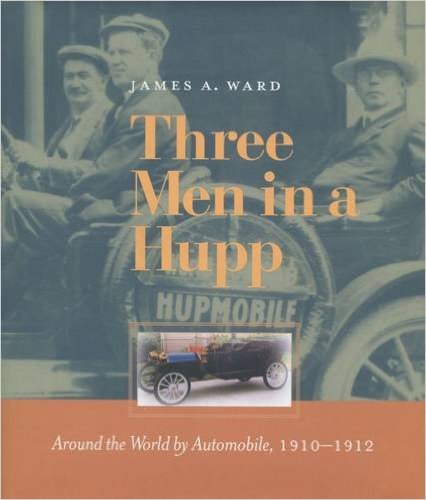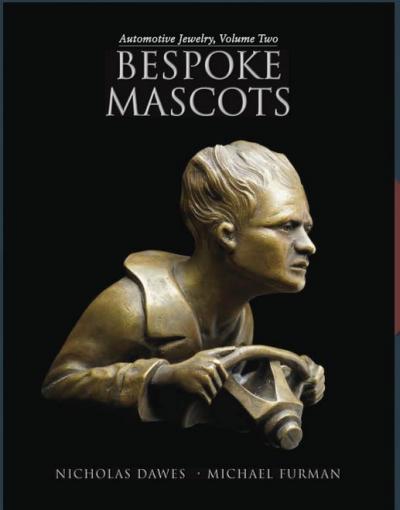
By producing the A300—the first twin-jet, wide-body airliner in the world—the European Airbus consortium succeeded in joining the league of leading aircraft makers. The path was both rocky and exciting. Filled with detailed text, including historical, technological, and flight information, as well as colorful photos, this volume provides a fascinating insight into the history of commercial aviation. The first aircraft designed, built, and sold by Airbus, the A300 airliner debuted in 1974 with Air France and was in constant service throughout the world. Among the many past and present airlines flying the A300/310 are Air Hong Kong, Air France, Air India, American, China Airlines, Eastern, EgyptAir, FedEx, Finnair, Iberia, Korean Air, Pan Am, SAS, UPS, and many others. Though it is no longer produced, examples of the aircraft still fly today.

The Mikoyan Design Bureau’s first swept-wing jet fighter, the MiG-15 Fagot, which gained world fame (or notoriety, depending on which side of the Iron Curtain you were on) after the Korean War, served as the basis for a more refined model, the MiG-17 Fresco. No sooner had the MiG-15 entered production and service than the designers decided to increase the wing sweep from 35 degrees to 45 degrees, initially by way of experiment. The resulting aircraft showed higher performance than the MiG-15, exceeding Mach 1 in a shallow dive during a test flight, something the Fagot had been unable to do.
Following its production entry the MiG-17 was constantly improved, with Mikoyan developing a succession of production and experimental versions. Firstly, an afterburning engine was fitted to improve performance. Secondly, the increasingly frequent incursions by NATO reconnaissance aircraft, coupled with the knowledge that the West was developing all-weather fighters, led the Soviet ‘fighter makers’ to develop a number of radar-equipped interceptors. The all-weather versions of the MiG-17 proved to be the most successful and some of them were cleared for production.
Starting in the mid-1950s, the MiG-17P, MiG-17PF and MiG-17PFU (the latter version was armed with air-to-air missiles) were the most widespread interceptors in the Soviet Air Defence Force for the nearly two decades.
The MiG-17F day fighter was widely exported and saw a good deal of fighting, receiving its baptism of fire in the Middle East where Egyptian Frescos were pitted against Israeli Dassault Mystère IVs. However, the type became really famous after the Vietnam War where it successfully opposed the supersonic McDonnell F-4 Phantom II and other US aircraft.
Being displaced from first-line fighter service by more modern types, the MiG-17 and MiG-17F found use as a fighter-bomber–both at home and abroad. The MiG-17F and MiG-17PF saw service with nearly all Warsaw Pact nations, as well as many Asian and African countries and Cuba.
The book fully describes the MiG-17’s development history and charts the type’s combat operations in various major wars and local conflicts. A separate chapter also compares the MiG-17 and its foreign counterparts and the book concludes with details of MiG-17 fleets and operators worldwide.
lllustrated with many unique photos, color side views, line and cutaway drawings this latest addition to the Famous Russian Aircraft series forms a details record of the type and will appeal to modelers and historians alike.

In late 1910, three American adventurers set off on a remarkable around-the-world journey by automobile. Sponsored by the Hupp Motor Car Corporation, the trip was intended to publicize the durability of the Hupmobile and help stimulate export sales.
The car was first driven from Detroit to San Francisco—a very difficult journey in its own right in 1910. From San Francisco, the car and its drivers took a steamship to Hawaii, and from there to Fiji, Australia, New Zealand, and Tasmania, unloading and touring at each port of call. The men and their machine spent the next five weeks attempting to drive through the Philippines, and then pushed on to Japan and China, where they managed to stay one step ahead of the Chinese revolution. They then drove across India, and from there, sailed to Egypt, brining the first automobile ever to be seen in that country. Next, the Hupmobilists sailed to Italy. In Rome, the adventurers met Pope Pius X, and then drove north to Germany and France. They crossed the English Channel to Folkstone, toured England, and then ferried from Liverpool to Ireland. They returned to New York in time for the 1912 auto show.
In the end, the Hupmobile was driven 41,000 miles and transported by steamship another 28,000. A new world was dawning, both for transportation and for American business enterprise.

The automobile has long been a symbol of status, power, and autonomy, and ever since King Tut rolled through Egypt on his golden-wheeled chariot, artists and drivers have dreamed up mobile masterpieces. A striking photographic tribute and social history, Road Show navigates a path across high and low art, showing how people around the world are transforming their vehicles into stunning folk art, obsessive collections, social commentary, and visionary performances. In this fascinating showcase, we see how Henry Ford’s motto, “Any color as long as it’s black,” has been hung out to dry. From the Wienermobile to a hand-carved wooden Ferrari that drives in the canals of Venice to a giant red stiletto heel, Road Show brings the “museum of the streets” to life.

The automotive mascot or hood ornament has been with us almost as long as the automobile itself. In the early days, the mascot was selected by the manufacturer to identify their product. But over the years, the car owners chose their own symbol of identity. These “accessory” mascots became quite fashionable in the 1920s and ’30s as a way for the owner to make a statement about themselves and their beloved automobile. Famous artists – Lalique, Cartier, Bazin, Brau and others, created pieces of whimsy, elegance and power to adorn the top of the radiator shell of cars both common and unique. Their work in bronze, brass, metal and glass were representative of the art trends of the day, including Art Deco, streamlining and Egyptology; and subject matter that included airplanes, policemen, sports, birds, dogs, mythology and of course, women. Author Nicholas Dawes brings his many years of expertise to the presentation of these beautiful works. Nick’s background at Heritage Auctions, specializing in Lalique and other bronze work; his many years as a college lecturer and author; and his long-standing presence on Antiques Road Show allows for his invaluable knowledge and insight. Presented as a companion book to Automotive Jewelry, Volume One: Mascots ,Badges, Bespoke Mascots again features the studio photographs of Michael Furman. Each piece is presented singularly and with a descriptive index to allow for the greatest appreciation of these wonderful works of art.







